When people think about activities they could do in any of the cities within Japanese archipelago, a pretty clear and evident list pops into mind. Trying sushi in the country that bore and developed the culinary art; visiting old temples full of history set in beautiful landscapes; enjoying shopping and the technology offered in each city. Another piece of heritage are matsuri, festival events that gather hundreds and even thousands of people over the whole country and during almost every week of the year. Each has a different origin and meaning that varies according to the region and the time of the year when they are held.
These festivals in Japan are of such quantity and diversity that listing every one of the cities where and dates when they are taking place is almost useless. It’s recommended to plan your trip in such a way that you can witness the most important festivals: the Gion Matsuri (held in the city of Kyoto in July), Awa Odori (a festival in Tokushima related to dance, in August), Kanda Matsuri (in Tokyo in the middle of May), Yuki Matsuri (the snow festival in Sapporo) and Nebuta Matsuri (the torch festival in the city of Osaka in August). Beyond the particulars of each festival, all of them share certain rituals and activities that form a complete part of the Japanese culture, unique to your enjoyment of Japan.
Matsuri festivals are huge. It’s obvious that if you attend a festival in some small town or city it won’t attract a lot of people. However, when we think about the big metropolis, there are streets filled with people and shopping galleries full of locals alongside tourists that don’t want to miss out the experience. When you plan your trip schedule, consider that a matsuri festival can take more time than you are planning in the first place. This is especially important when getting back to your hotel (check the metro and urban train times).
A lot of these festivals have traditional and religious roots. That’s why, on the main street, you’ll find a parade of people with folkloric clothes or with tunics that describe a particular group (job, neighborhood, club, etc.). In matsuri where dancing is fundamental (the Odori), hundreds of people prepare throughout the whole year for the parade. They create their clothes, prepare and rehearse the choreography that will be played along live music and over hundreds of meters. Such parades can last for hours so it’s advisable to prepare accordingly and look for a good place to experience it.
An important part of the matsuri is the typical food that can be eaten at galleries or stores organized at the sides of the markets or rivers (these locations are chosen specifically next to these aquiferous resources because of their logistic purposes). Each festival has its own typical food, especially when they are held at a specific time of the year. Ingredients used are fruits, vegetables or a specific kind of fishes from those regions or season. Regardless of the festival you attend, you’ll always be able to taste yakitori (brochettes of different types of grilled meat with special sauce), takoyaki (balls of pancake dough filled with octopus), watame (Cotton Candy), yakisoba (fried buckwheat with vegetables), okonomiyaki (pancakes with various ingredients) and taiyaki (deserts filled with cake cream).
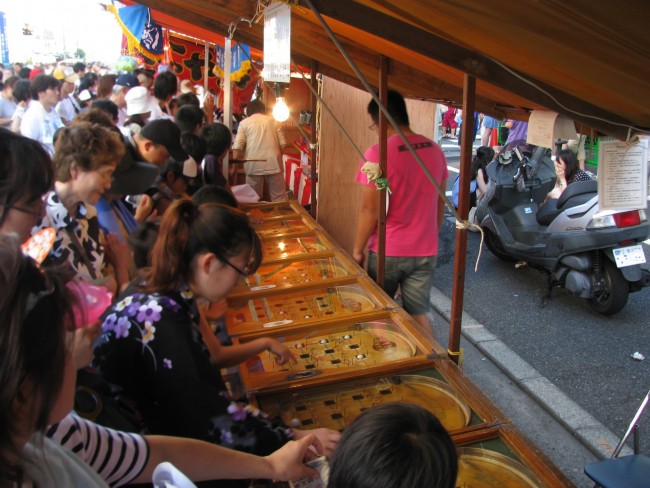
(source: Wikimedia)
For the young (and not-so-young) ones, there are a lot of mechanical attractions and different activities where you can participate and sometimes win a price or a particular gift. They are pretty classic fair games, such as target practice with compressed air guns or bow-and-arrows and ball in the bucket. Some games are Japanese, like fishing for colored fish or plastic balls with a small paper net. You can take it home the net home later, unless it breaks.
Throughout the day or days when the festival takes place, a lot people pass in the streets to celebrate; pray at specific temples if it’s a religious festivity; walk by with the family and be part of the general well-being and party feeling. Matsuri are activities that provide a regional bond for everybody, so throughout the year, there are many opportunities to fortify those necessary ties in the Japanese society. As a final touch, almost every festival ends with an expected and long burst of fireworks. So now you have an excuse to stay late tasting foods and beverages, playing and enjoying the real Japan. Enjoy!
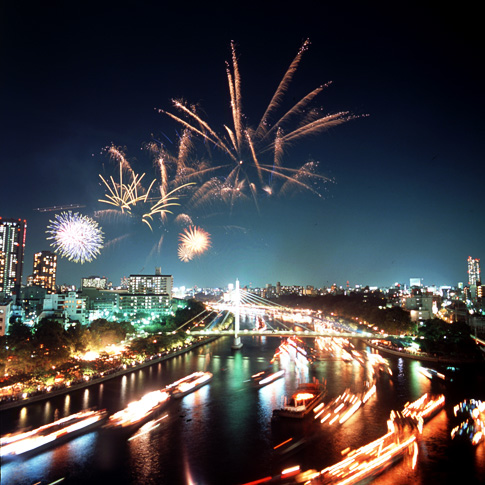
(source: JNTO)
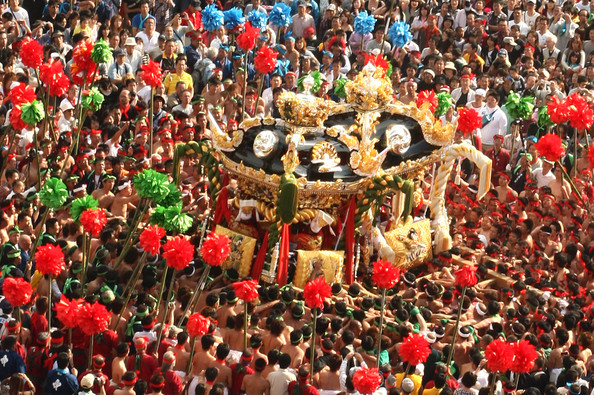
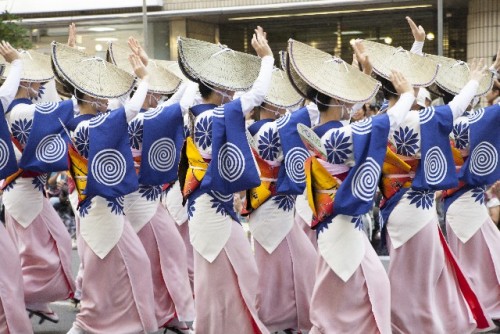
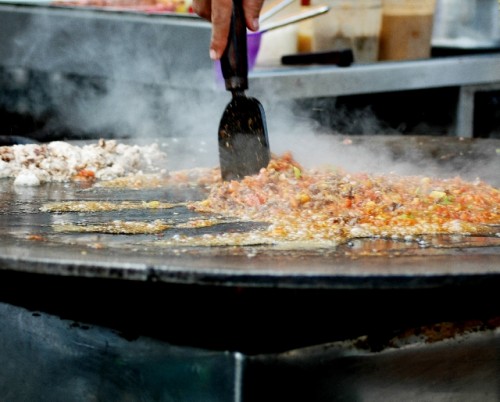

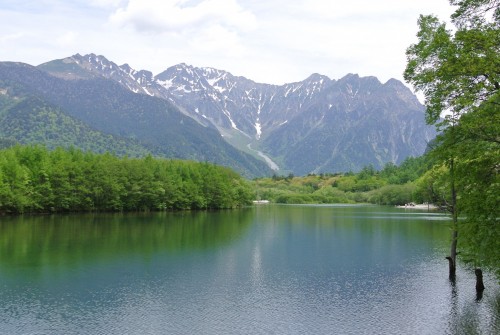
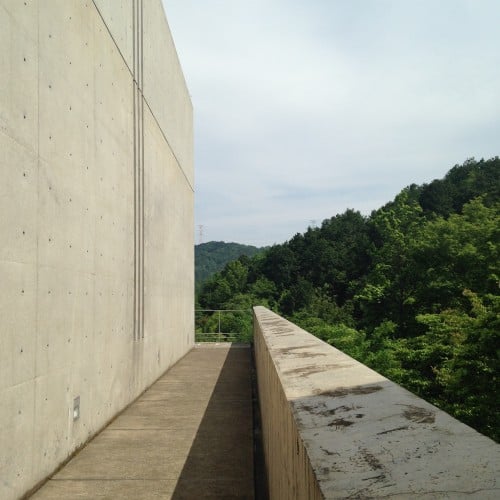
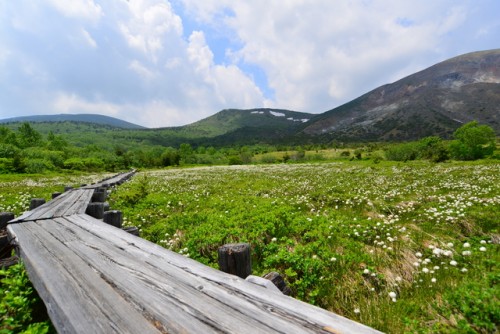
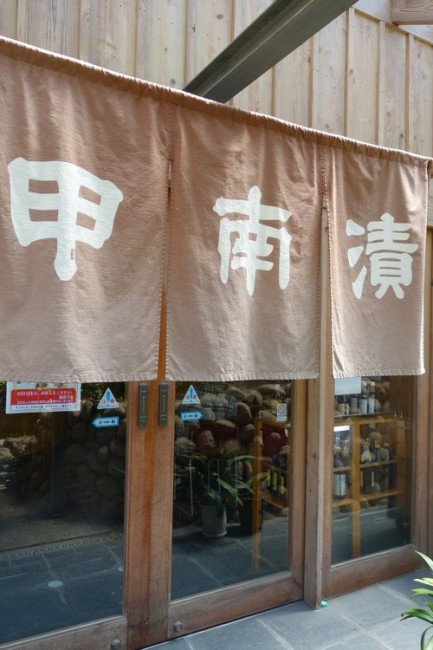


No Comments yet!